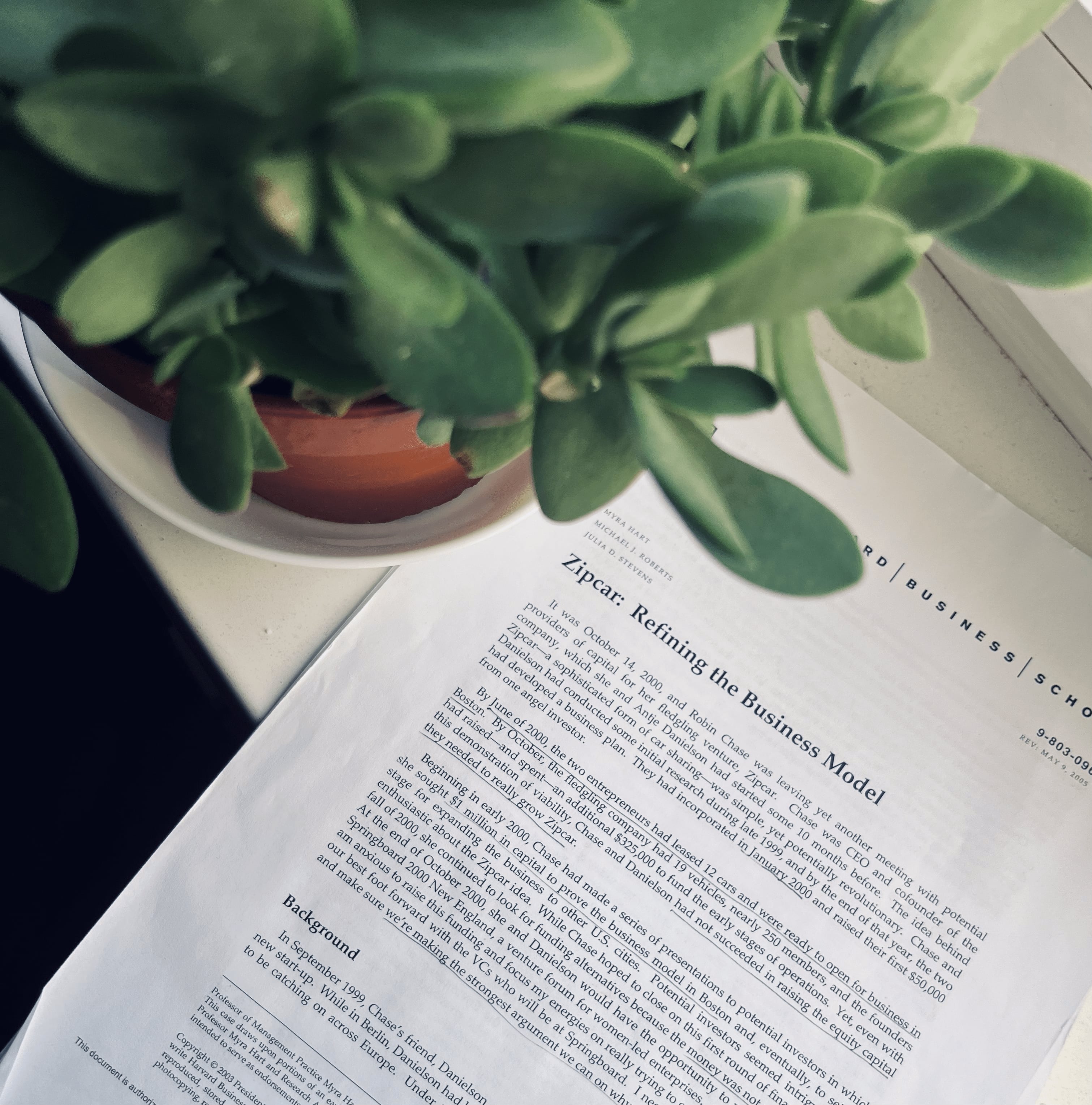As far as new learnings and experiences go, this month is a milestone of sorts. To put it in a nutshell: I just finished teaching my first semester as an adjunct lecturer at a university of applied sciences in Berlin. It wasn’t exactly pre-planned; the opportunity, in all honesty, fell into my lap and I embraced it as another useful addition to my portfolio of skills and experiences.
From leading case sessions to conducting mini-workshops to responding in real-time to issues that sprang up, I thought I’d pen down some things that I’d learned, observed, and mulled over as a new lecturer.
New learnings:
👉🏽 In an academic environment where the go-to tool was the traditional lecture, basing my teaching pedagogy around the case method was certainly a risk-ridden move, more so because I was unfamiliar with the student body. Taking this risk helped me discover I could adapt and improvise when needed. Of course, preparing beforehand for the case and the case method was crucial and provided an invaluable structure, but the reality of teaching is that you can’t plan everything to a T.
👉🏽 There is a lot of uncertainty that surrounds the classroom experience and that’s one reason why the traditional lecture still dominates. I felt much more in control with a lecture and less dependent on external factors (e.g. student participation or preparation). In any case, given the long class sessions (2.5 hours), I opted for a 50:50 split between lecture and case during a class. Did the strategy work well? I’d say it worked positively with an MBA class but not so much with a postgrad course (presumably because the former had paid more, had some work experience, and was more invested in the course); I found myself having to pivot from the case method for one class very early on due to low engagement.
👉🏽 Teaching, in essence, is creative problem-solving, with the end goal of enabling students to learn the material in a way that suits them best. There was a fair amount of trial and error when trying to achieve this, especially as I was working in a non-selective environment. For example, when I realised that full-blown cases just weren’t resonating with some students, I tried shorter cases that could be read during class time. And when the topic was more practical and hands-on (design thinking), then the tool of choice was a workshop-style design activity.
👉🏽 Teaching is also about performance and storytelling. There generally is a gamut of facial and body expressions that run through the class at various points: interest, enthusiasm, boredom, arrogance, disinterest, and cynicism. Having a thick skin through all of this to deliver your lesson plan takes a toll, especially if you are dealing with difficult or disruptive students, and I can only hope that this experience has moulded me for the better.
👉🏽 Whether it was leading a case or taking on a subject at short notice, learning is a cornerstone of teaching. This doesn’t just apply to the preparation that you do before a class, but also to the different perspectives that you get exposed to inside the classroom. In a way, it was a privilege to revisit some topics, look at them from a different lens and be in a position to share things I’ve picked up professionally.
👉🏽 Sitting on the other side of a class for the first time, the biggest learning was how demanding a teaching job can be. If all goes well, it can certainly have its highs. At the end of the day, I can only hope that being in my class made a positive difference in someone’s life, either personally or professionally.
Food for thought:
👉🏽 This is a contentious point and gets written about a lot: while universities get more and more commercialised, students adopt a more customer-centric attitude. This shift raises questions about maintaining an honest, mutual two-way understanding between educators and students without fear of retribution. I’ve read a few posts online where lecturers talk about being caught in the middle (bullying students and dismissive management), and it honestly doesn’t sound like a recipe for long-term learning and development.
👉🏽 I’m not sure what the data on this suggests, but looking at learning from the other side of the table, I can’t help but speak in favour of selective classes at the tertiary level. I’ve seen bright students get dragged down by mediocre ones who have no interest in the subject or learning in general. There needs to be access to good-quality education for everyone but universities simply can’t be the place where poor parenting and educational deficiencies can be corrected.
👉🏽 There seems to be an explosion in ‘challenger’ universities that cater to different needs. Whilst there are some proven, long-established ones like the African Leadership University, and more recent, interesting ones like the London Interdisciplinary School, I’m doubtful of institutions that create degrees to cater to a job market (I’ve seen places that offer degrees in product management, for example). The latter might help short-term, but education, learning, and universities, especially in a world where things change constantly, cater to different needs. The Career Arts by Ben Wildavsky makes a much more convincing argument for why traditional colleges and vocational avenues such as bootcamps exist. Essentially, Wildavsky says that colleges and universities provide a foundation for critical thinking and intellectual pursuits whereas bootcamps and other vocational certifications act as valuable add-ons to one’s career. In this spirit, it shouldn’t be an either/or decision and any degree that doesn’t teach you the fundamentals of learning or create an environment for personal growth is best avoided.

